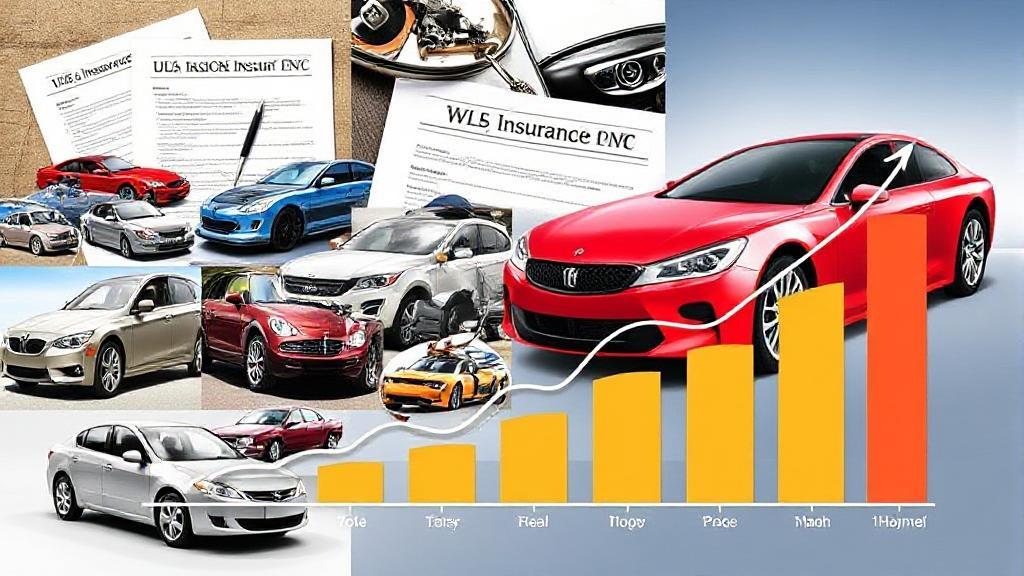Personal and Driver-Related Factors
Age and Driving Experience
One of the most significant factors affecting car insurance rates is the age and driving experience of the policyholder. Younger drivers, particularly those under 25, typically pay higher premiums due to their limited experience. According to the Insurance Institute for Highway Safety, teenage drivers have crash rates nearly four times higher than drivers 20 and older.
Driving Record
Your driving history significantly impacts your rates. Key considerations include:
- Traffic violations
- At-fault accidents
- DUI convictions
- Insurance claims history
- Frequency of claims
Credit Score
In most states, insurers use credit-based insurance scores to help determine premiums. Studies by the Federal Trade Commission have shown correlation between credit scores and insurance claims frequency.
- Risk Assessment: Insurers view a good credit score as an indicator of lower risk
- State Regulations: Some states restrict the use of credit scores in setting rates
Vehicle-Related Factors
Make and Model
Your car's characteristics affect your insurance costs:
- Safety ratings
- Repair costs
- Theft rates
- Overall value
Safety Features
Modern safety technology can lead to premium discounts:
- Anti-lock brakes
- Electronic stability control
- Advanced driver assistance systems (ADAS)
- Anti-theft devices
Location Factors
Geographic Area
Where you live plays a significant role in determining rates due to:
- Urban vs. rural locations
- Crime rates
- Weather patterns
- Traffic density
- Parking and storage options
Different areas have varying rates of accidents, theft, and vandalism, which directly impact insurance costs. - Insurance Information Institute
State Requirements
Each state sets minimum insurance requirements, affecting base premium costs. Visit your state's Department of Insurance website for specific requirements.
Usage and Coverage Factors
Annual Mileage
The more you drive, the higher your risk of an accident. Many insurers offer low-mileage discounts for drivers who:
- Work from home
- Use public transportation
- Drive less than 7,500 miles annually
Primary Vehicle Use
How you use your vehicle affects rates:
Coverage and Deductibles
The type and amount of coverage you choose directly impact your premium:
- Liability coverage (required in most states)
- Comprehensive coverage
- Collision coverage
- Personal injury protection
- Uninsured/underinsured motorist coverage
- Deductible amount (higher deductibles generally result in lower premiums)
Ways to Save Money
Available Discounts
Most insurers offer various discounts:
- Multi-policy bundling
- Good student discounts
- Professional organization memberships
- Defensive driving course completion
- Payment method discounts
Shopping Strategy
To find the best rates:
- Compare quotes from multiple insurers
- Review coverage annually
- Maintain continuous coverage
- Consider usage-based insurance programs
- Improve your credit score
- Take defensive driving courses
For more detailed information, consider visiting resources like the Insurance Information Institute, NerdWallet, or the National Highway Traffic Safety Administration (NHTSA) for tips on saving money on car insurance.
